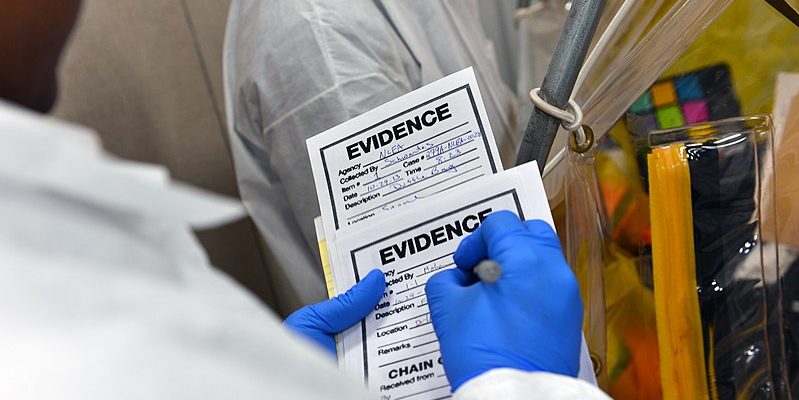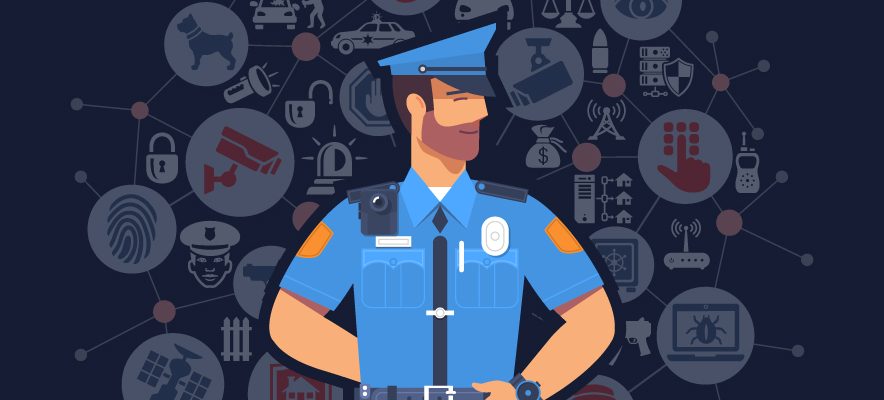By: Jackson Samples Electronic surveillance now plays a central role in the criminal legal system. Every year, hundreds of thousands of people are tracked by

Viagra Did Not Work, but Michael Jordan Still Made It: Trademark Policy Toward the Translation of Foreign Marks in China
By: Jyh-An Lee & LiLi Yang Most multinational enterprises (MNEs) register their original trademarks in Roman letters in China upon entering the Chinese market. However, many fail to develop and register corresponding Chinese marks because they do not understand local culture and consumers, overvalue consumers’ presumed brand loyalty, or neglect the accompanying trademark issues. This failure enables trademark squatters to register and hold the Chinese marks for ransom or local competitors to free ride on foreign marks using their Chinese translations or transliterations. This Article first introduces the complexity of translating a foreign mark into Chinese, which concerns complex linguistic, cultural, and business challenges. Based on recent court decisions, this Article systematically analyzes the legal basis on which an MNE may claim to protect the Chinese equivalent of its original trademarks. This Article then provides essential business and legal implications of China’s trademark policy toward translating foreign-language marks into Chinese.Download Full Article (PDF)Cite: 20 Duke L. & Tech. Rev. 36












